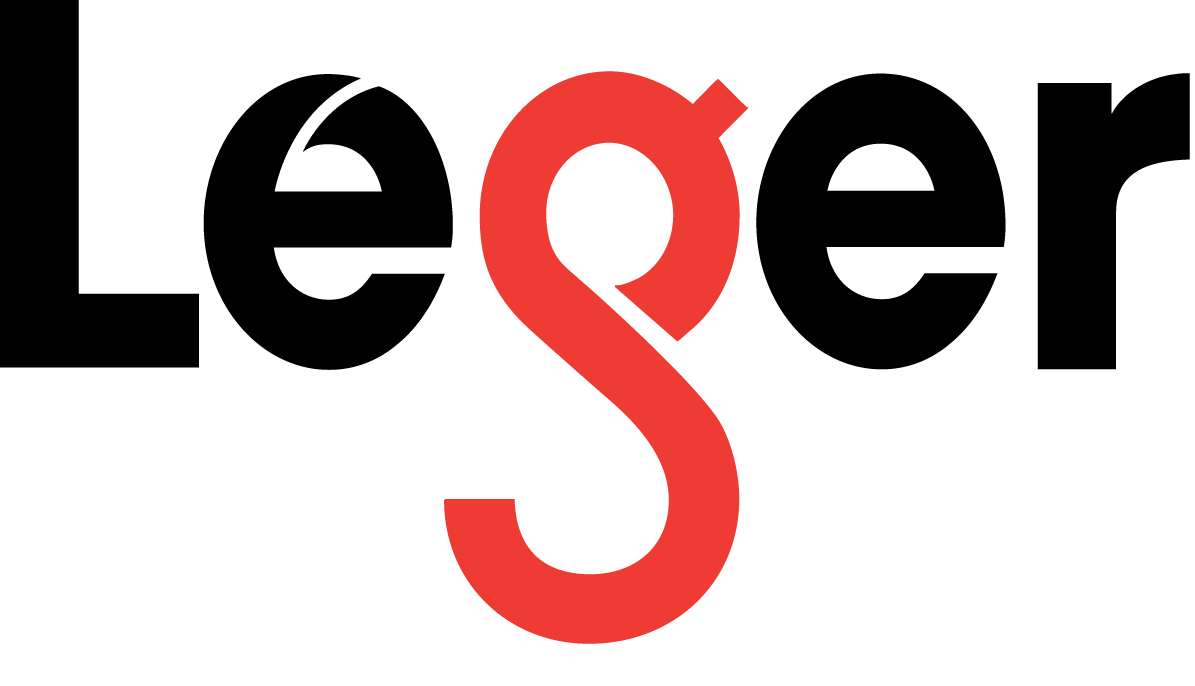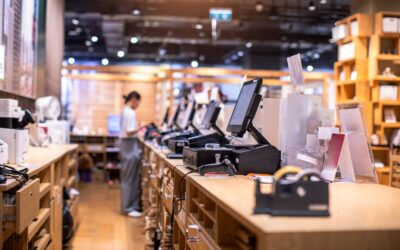Leger and lg2 are proud to reveal the COVID-19 personas as part of the 4th phase of their study, The Commercial Shift: The Recovery.
Part of a series of analyses on changes in Canadian consumers’ habits and behaviours following the COVID-19 crisis, conducted in 4 phases from April 3, 2020 to April 25, 2021, this 4th edition answers the questions, “Who are the new segments that have emerged during the economic and social recovery, and how has the COVID-19 crisis impacted their consumption?”
To discover the key findings from the previous waves of this research, click the links below:
- First Wave (Onset of the Crisis)
- Second Wave (Mid-Crisis)
- Third Wave (Relaxation of Social Distancing Measures)
INTERESTED IN THIS STUDY? FILL IN THE FORM BELOW FOR MORE INFORMATION.
KEY FINDINGS OF THE STUDY
The COVID-19 crisis has certainly impacted today and tomorrow’s consumption patterns. While some new behaviours have already stopped, others are still evolving, as consumers themselves have evolved. Now more than ever, businesses need to understand what defines the current consumer to address the new opportunities presented by the economic and social recovery.
For some, recovery represents renewal: more than half (53%) of Canadians say they have changed for the better during the crisis and want to maintain their new habits. They have a better life and do not want to go backwards. In addition, the health, safety and security-related behaviours they adopted during the pandemic have now become permanent behaviours in their lives. One-third of Canadians say they pay more attention to their well-being, comfort and health than before the pandemic (34%).
For others, however, the recovery represents hope for a return to their pre-pandemic lives. Moreover, the vision of a return to normal life is closely linked to each individual’s financial situation.
THE COVID-19 PERSONAS
The Euphoric
9% of the Canadian population
In one word: Exaltation
“Finally!”
No other word can better sum up The Euphoric’s state of mind. They strongly feel that the pandemic has stolen a year of their life. Their game plan is to put their savings into experiences and purchases that will allow them to live their life at two hundred miles per hour right away. Dining out, travelling, entertaining, partying and going out…they’ll be among the first to do it, and they’ll do it big!
This tendency to compensate by consuming has been going on since the beginning of the pandemic: online purchases of sporting goods, clothes, entertainment services, video games, appliances, home improvement items. In short, if an expense can chase away boredom, even for a moment, it’s a safe bet that The Euphoric has been doing it since Day 1. This compensatory behaviour will accelerate as The Euphoric is able to return to their pre-pandemic life.
As they live their life to the fullest, The Euphoric quickly tires of the new trends. This leads them to quickly seem to be at odds with themselves: nobody has bought local as much as they have, but they are tired of hearing about buying local. They say they eat better, but find they eat too much. They feel more connected than ever, but think they spend too much time in front of screens. In short, The Euphoric will not be enticed by last month’s trend.
The Euphoric will be a highly lucrative segment for companies, provided they can deliver vibrant experiences and products that provide immediate happiness. And don’t talk to The Euphoric about the long term: you’ll bore them!

The Comfortable
21% of the Canadian population
In one word: Well-being
The Comfortable is a symbol of stability and zen. While the crisis has completely thrown some segments off balance, The Comfortable is convinced that they’ve changed for the better.
Putting their life on hold has made them aware of the importance of balance and being at home, so they have taken the opportunity to make their home even cozier. They’ve renovated, bought furniture and improved their indoor and outdoor living spaces, especially to make working from home more enjoyable.
They take advantage of online solutions that simplify organizing their life, such as ordering products online, picking them up in store or consulting all kinds of experts online, from health professionals to financial advisors.
They also enjoy the digital leisure activities they can do at home, such as consuming content, listening to concerts online or playing video games. However, to maintain their zen, they have stayed away from social media.
The Comfortable has also made it their mission to improve their immediate living environment. They now consider it more important to be involved in their community and believe in talking more about buying local. Their spending reflects their stance.
Despite having refocused on themself, The Comfortable will not isolate themself from society. They are looking forward to catching up with friends, going out to dinner and enjoying the benefits of pre-pandemic life. That said, it is likely that The Comfortable will aim for a hybrid lifestyle, halfway between excitement and tranquility, combining what they perceive to be the positive aspects of pre- and post-pandemic life.
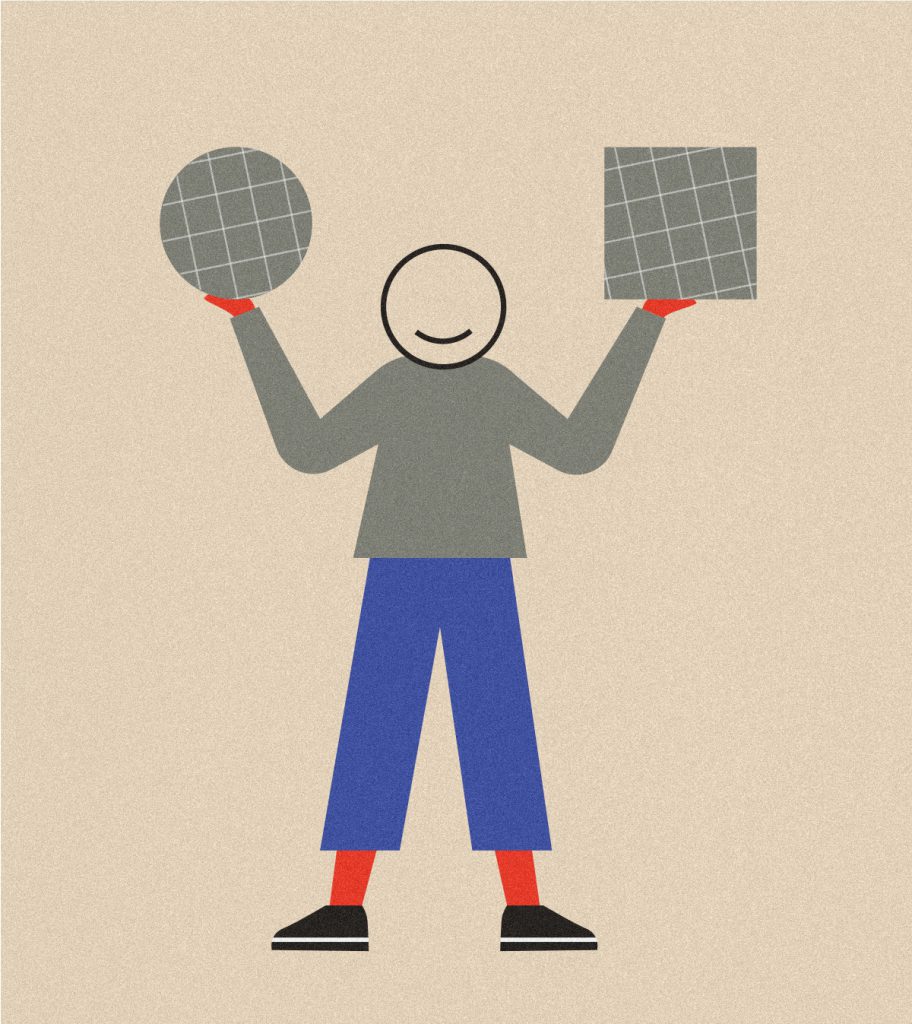
The Apprehensive
24% of the Canadian population
In one word: Protection
The Apprehensive has been deeply affected by the risk that COVID-19 poses to their health. All their actions have one mission: to protect them from the transmission of the virus.
They now avoid human contact, invest in their well-being at home and prefer shopping online. They will have as many of their purchases as possible delivered, take advantage of in-store pickup instead of in-person shopping, and use online grocery services whenever possible. They will continue to wash the food they buy when it arrives at their home.
When The Apprehensive needs to physically visit a business, they will prefer locations where they know they will find everything they want in one place, where public health measures will be strongly enforced and where human contact will be limited. This will undoubtedly require businesses, especially service businesses, to redesign their customer experience to reduce The Apprehensive’s concerns if they hope to do business with them.
In addition, because The Apprehensive will not want to be around people they don’t know, they will tend to avoid eating out, going to the movies, seeing a show or travelling. Their ideal holiday? Isolated in a cottage.
In short, The Apprehensive does not anticipate a return to normalcy any time soon; at best, in 2023. Until then, they will work to recreate a sense of control to counter their insecurity. The repercussions will be seen in their consumer and financial habits. Leaving nothing to chance, they will be very cautious with the money they may have saved in recent months, despite their enviable financial situation. The only exception to the rule is anything that might make them feel more secure.

The Steadfast
13% of the Canadian population
In one word: Patience
The Steadfast is the segment whose lifestyle has been least affected by the pandemic. What they did before, they plan to do again afterwards, quite simply.
When The Steadfast has a purchase to make, they go to the store. They have bought little online during the pandemic, whether essentials or entertainment. They have not adopted new behaviours, discovered new passions or changed their eating habits. The majority of this segment declares that the crisis has not changed them.
This segment was less affected by the health panic of the early days. They continued to receive bills in the mail, pay cash and did not wash their groceries. But this does not make them bad public health students: The Steadfast is characterized by strong adherence to the key health measures. They identify changes in hygiene and safety as the most significant impact the crisis has had on people.
Although they missed their loved ones and family, their social life did not go digital. They socialized little (if at all) virtually. Away from the crowds, the behaviours they are most eager to resume are small-scale: having friends over, going to restaurants and, most commonly, going to shopping centres. For everything else, they intend to wait quite a while to make sure that activities (gatherings of more than 10 people, movies, flying, etc.) are safe.
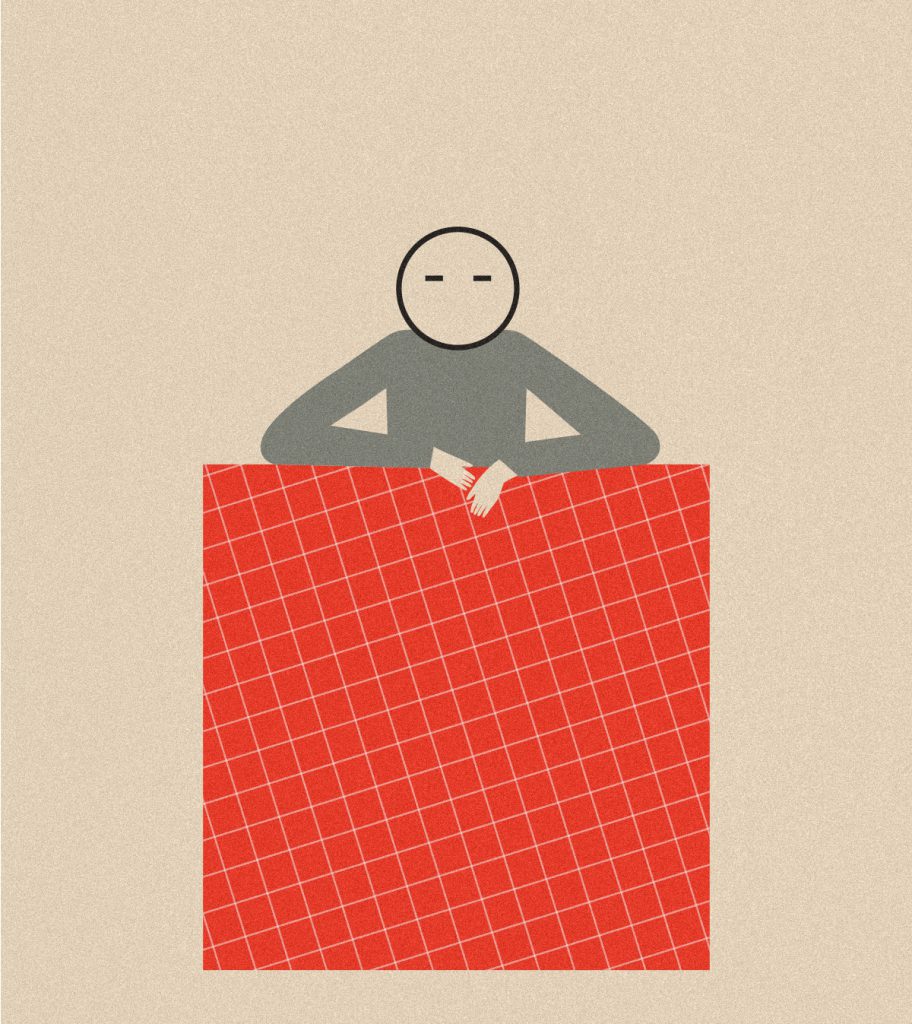
The Self-Starter
23% of the Canadian population
In one word: Solutions
The Self-Starter segment is characterized by the financial impact that the pandemic has had on them. Much of their effort has been spent on finding solutions to a lack of resources, and managing their household has made them weary. Their debt load is at the top of their list of concerns.
Their expectations of companies reflect their situation: they want value for money. Cutting back on unnecessary spending, looking for low prices and living simply are, in their opinion, the main impacts the pandemic has had on people. They already had frugal behaviours: they gardened, cooked with basic ingredients, made their own household products and practiced self-care activities at home. These behaviours have been amplified. The Self-Starter segment is one of solidarity: they cared a lot about buying local in all product categories. They are also concerned about companies’ environmental impact.
Even though they watch their finances, they are willing to spend money to lighten their mental load and fulfill their need to get away. Already a fan of online shopping, they have discovered boxed lunches and online shopping for candies and coffee. They have been ordering from restaurants more often. They also feel the need to consume more alcohol and have bought more lottery tickets. The pandemic has forced them to change their diet, and they report gaining weight. They are more anxious and depressed than before and want to spend their time at home. However, this seems to be a temporary state. The Self-Starter is looking forward to participating in a variety of social activities as soon as possible.
Skeptical, The Self-Starter relies on themself to improve their situation. They are preparing to return to their normal life, or even to make up for lost time. The first step in this recovery will be to replenish their energy reserves.
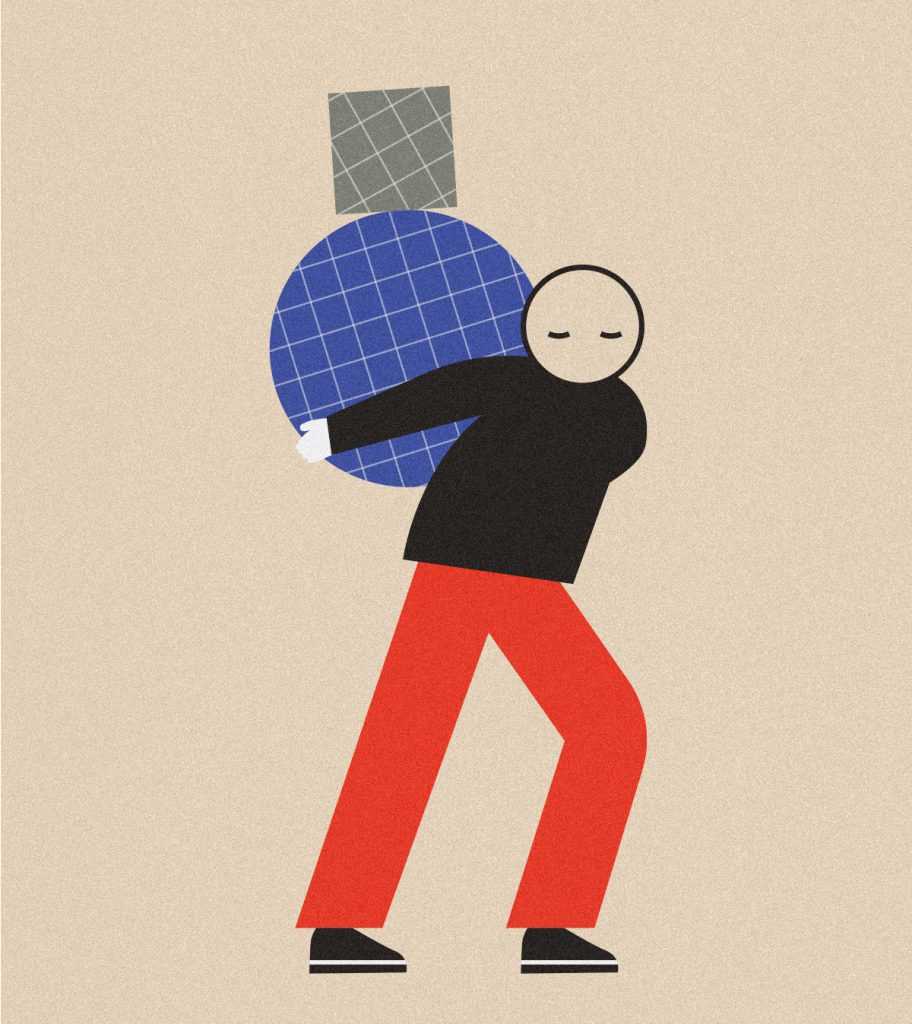
The Shattered
10% of the Canadian population
In one word: Overwhelmed
The Shattered is the segment most strongly affected by the pandemic. They are characterized by a heightened fear of the virus that leads them to want to stay isolated. Their mental health has been negatively impacted and their financial constraints are making it even more difficult to get through the crisis.
Life has been turned upside down for The Shattered. They put many of their behaviours (ordering food, shopping online) on hold and increased the activities they could do alone at home. If they had to visit a business, they would go during the day on weekdays. Their expectations of businesses are mainly related to hygiene measures and competitive prices.
For them, the vaccine is not a passport back to normalcy. Instead, they intend to continue strongly adhering to public health measures. The Shattered is one of those who have found some satisfaction in socializing online. They approach resuming social activities with apprehension and will therefore wait a long time before gathering in person in a group until they are sure that they are not at risk. The Shattered consumes a lot of live news and does so more than before. They feel worried, depressed, anxious and tired, and are more likely to take antidepressants.
The members of this segment consider themselves changed by the crisis. They are more concerned about their health than before, as well as their well-being at home, and they view these changes positively. The Shattered acknowledges that it will be difficult for them to recover from the pandemic’s impacts, and they may need help doing so.
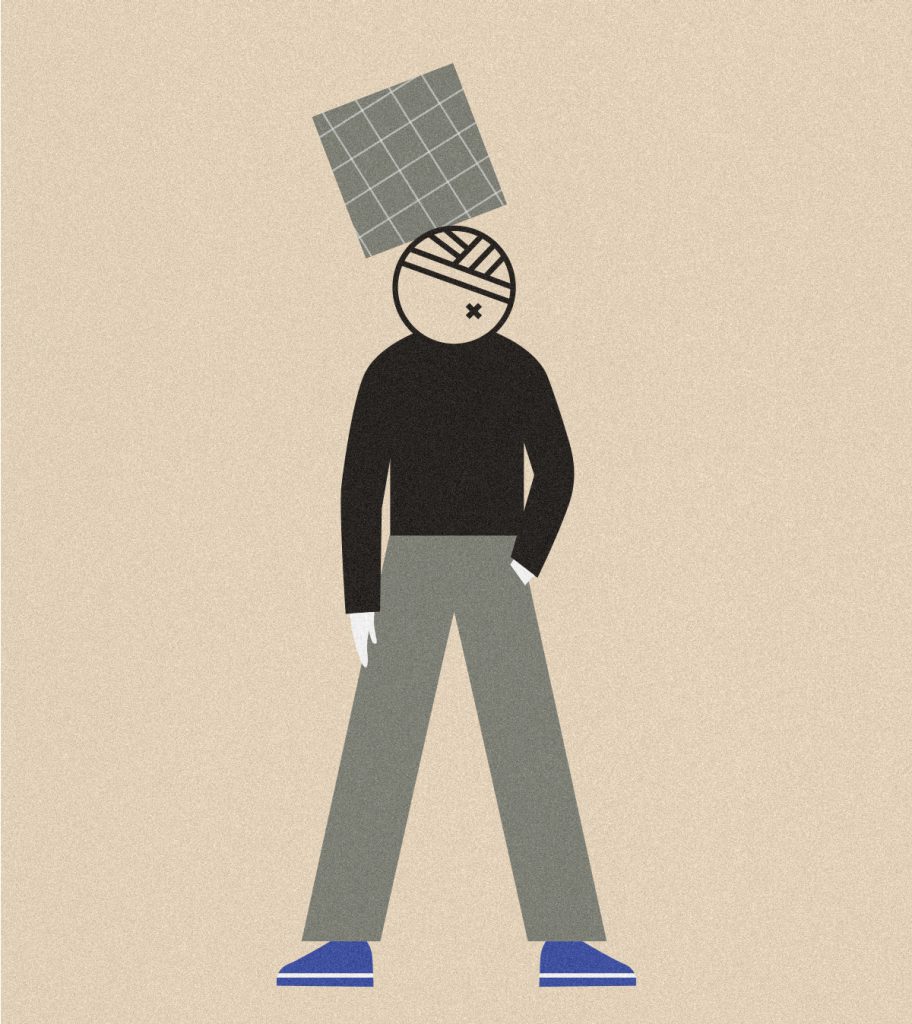
SURVEY METHODOLOGY
- Web survey of 4,007 Canadians
- Data collection was conducted from April 12 to 25, 2021
- 61 behaviours were evaluated 1 year after the start of the pandemic
- In order to be representative of the study population, the results were weighted according to the respondents’ socio-demographic profile based on the following variables: gender, age, mother tongue, region, presence of children in the household and level of education.
WATCH OUR WEBINAR
In a discussion moderated by Marc Fortin, President, RCC Quebec, Christian Bourque, Executive Vice-President, Leger and Keith Barry, Vice-President, Strategy, lg2, presented the results of this study and answered attendees’ questions.
